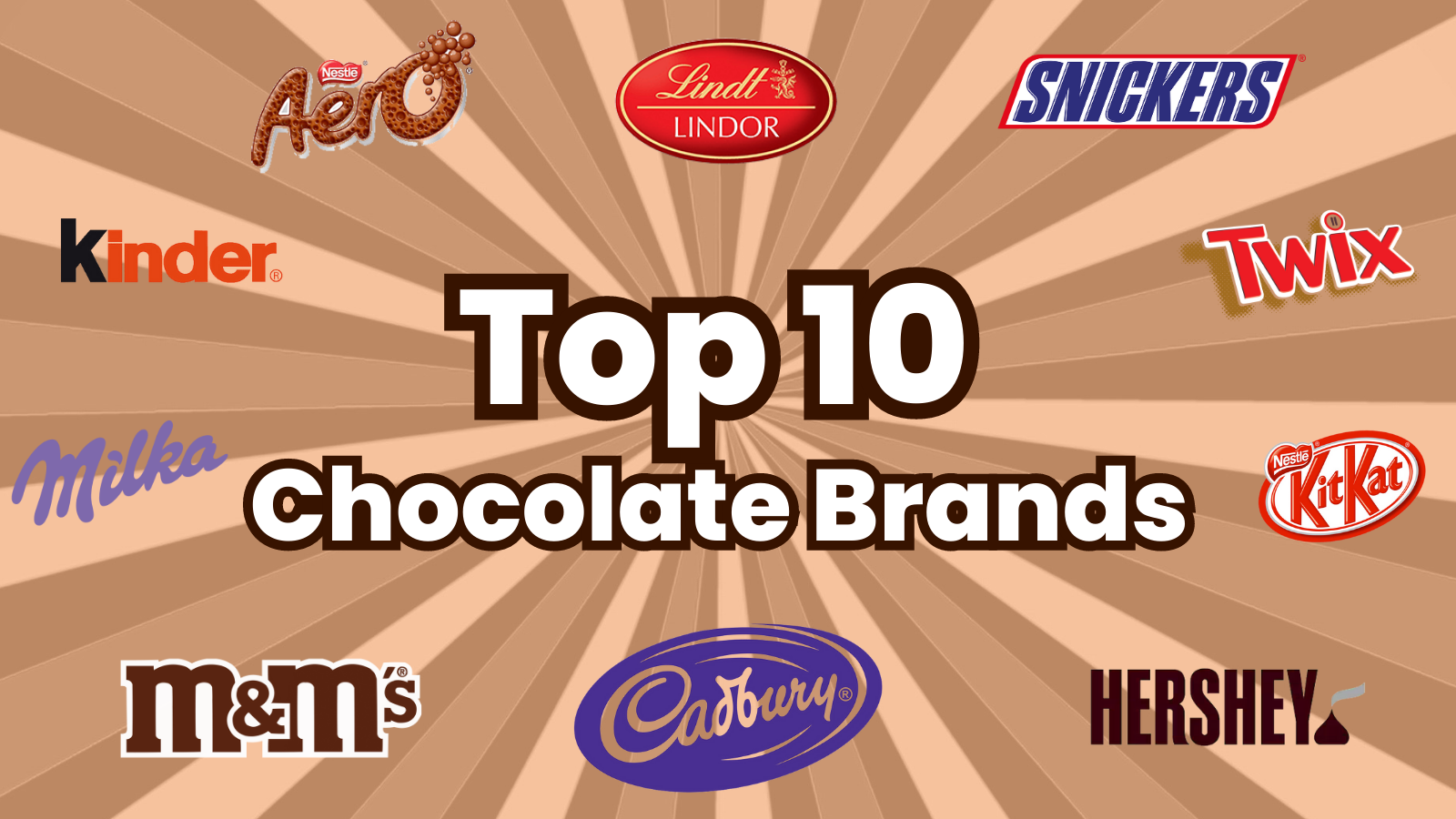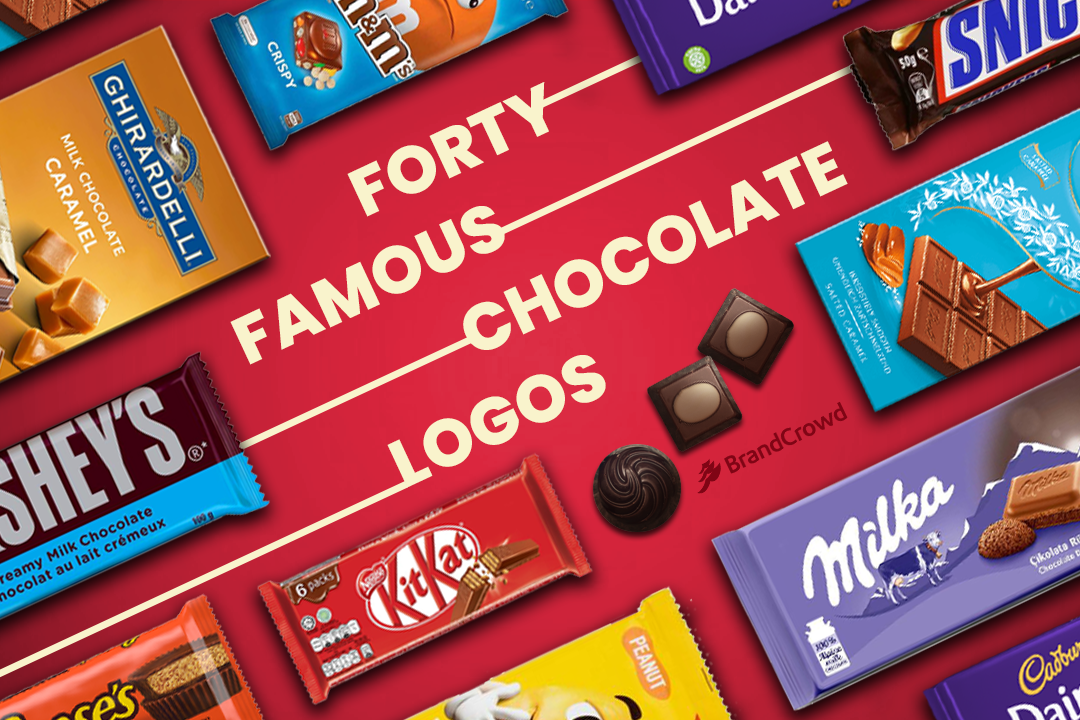Ever wondered what drives the frenzy during holidays like Halloween, Easter, and Valentine's Day? It's the irresistible allure of seasonal sweets that transform these occasions into pivotal moments for confectionery sales.
The dynamic confectionery landscape sees leading brands continually adapting to emerging holiday candy trends, meticulously crafting flavors and shapes that strike a chord with consumers year after year. The strategy is evident in the iconic presence of chocolate hearts on Valentines Day, marshmallow Peeps during Easter, and a vibrant array of themed candies that dominate Halloween aisles. These arent just candies; theyre cultural touchstones, deliberately designed to capture the festive spirit. The recent inclusion of chocolate and candy in this years Easter egg roll underscores what industry insiders already knew: the confectionery sector plays a crucial role in marking these celebrations.
| Category | Information |
|---|---|
| Market Overview | The holiday candy and chocolate market is a bustling global industry, catering to millions seeking the perfect treat or gift. Understanding the key players and their offerings is essential for informed purchasing. |
| Key Brands | Popular brands such as Reeses, Snickers, and KitKat dominate sales during seasonal peaks. Toblerone has also introduced its luxurious offerings, further enriching the market. |
| Seasonal Trends | Top candy brands continuously adapt to emerging holiday candy trends, introducing flavors and shapes that resonate with consumers each year. |
| Iconic Items | Iconic items like chocolate hearts for Valentines Day, marshmallow Peeps for Easter, and themed candies during Halloween illustrate this practice. |
| Market Dominance | According to industry data from the Korea Chamber of Commerce, four companies dominate about 75% of the domestic market: Lotte Wellfood (formerly Lotte Confectionery), Orion Corporation, Crown Confectionery, and Haitai. |
| Top Seller | Reese's Peanut Butter Cups are the #1 selling candy brand in the United States, consisting of white fudge, milk, or dark chocolate cups filled with peanut butter. |
| Brand History | They were invented by H.B. Reese after he founded the H.B. Reese Candy Company in 1923. Mondelez International might seem like a recently founded brand, but it has hundreds of years of experience. |
| Sales Data | Chocolate was the top seller of the holiday season, bringing in $2.5 billion in total sales, with seasonal chocolate raking in $613 million alone an 8.2 percent increase over the year prior. Overall, seasonal items had a mixed performance, with total sales reaching $760 million, up 6.2 percent. |
| Candy Bar Sales | In total US candy bar sales based on the brands listed, Mars, Inc. takes the lead with $1.37 billion from its top brandsSnickers, M&Ms, Twix, Milky Way, and 3 Musketeers! Meanwhile, The Hershey Company follows with $1.04 billion in combined sales from Reeses, Hersheys Bar, Kit Kat, and Almond Joy. |
| Consumer Behavior | More than 98% of consumers purchased chocolate, candy, gum, and mints last year, demonstrating once again the unique role these treats play in enhancing everyday moments and special occasions. |
| Industry Actions | To gain more positive impressions from customers, chocolate brands need to focus on delivering the chocolates to the proper hands. Also, tight and safe packaging has a major role in delivering the chocolates intact. |
| Brand Innovation | The brands blue raspberry release marks the brands first new flavor offering since sweet & sour watermelon in 2020. |
| Ethical Practices | Learn about ethical and sustainable practices in the chocolate industry. |
| Tasting Experiences | Discover unique flavor combinations and pairings to enhance your chocolate experience. |
The festive season serves as a pivotal period for the chocolate industry. Brands are constantly innovating to meet the heightened demand for premium, indulgent, and personalized gifting options. This innovation isn't merely about adding new flavors; it's about creating entire experiences. Packaging becomes more luxurious, presentation more elaborate, and the overall offering becomes less about simple consumption and more about creating a memorable gifting moment. The result is a continuous cycle of creativity and competition, pushing brands to new heights in terms of both product development and marketing strategy.
- 911 Pickup Lines Dark Humor Or Disaster Explore Now
- Who Is Mary Maxwell Discover The Comedians Life Humor
A recurring question often echoes among confectionery aficionados: what reigns supreme as the number one selling candy? The answer, resoundingly, is Reese's Peanut Butter Cups. These iconic treats, a harmonious blend of white fudge, milk, or dark chocolate cups enveloping a creamy peanut butter center, have secured their place as the top-selling candy brand in the United States. Invented by H.B. Reese in 1923, when he established the H.B. Reese Candy Company, these cups have become a quintessential American indulgence. Their enduring popularity isn't simply a matter of taste; it's a testament to the brand's consistent quality and the inherent appeal of the chocolate-peanut butter combination.
Looking at the broader sales figures, chocolate emerged as the undisputed champion during the holiday season, generating a staggering $2.5 billion in total sales. Seasonal chocolate alone contributed $613 million to this figure, marking an impressive 8.2 percent increase compared to the previous year. While seasonal items collectively showed a mixed performance, their total sales reached $760 million, reflecting a 6.2 percent growth. These numbers highlight the enduring appeal of chocolate and the significant role it plays in driving confectionery sales during key holiday periods. The statistics also indicate that while certain seasonal novelties capture consumer interest, chocolate maintains its position as a reliable and high-performing category.
In terms of market share and brand dominance, Mars, Inc. leads the pack with $1.37 billion in US candy bar sales, attributed to its flagship brands like Snickers, M&Ms, Twix, Milky Way, and 3 Musketeers. The Hershey Company closely follows with $1.04 billion in combined sales from Reeses, Hersheys Bar, Kit Kat, and Almond Joy. These figures underscore the significant influence of these two confectionery giants on the American candy market. Their success isn't solely based on established products; it's driven by continuous innovation, effective marketing strategies, and the ability to adapt to changing consumer preferences.
- Rodolfo Salas The Untold Truth About The Fake Profile Star
- Bus Approach Harassment What You Need To Know Prevention
The holiday candy and chocolate market is a bustling industry, catering to millions of people worldwide. Whether you're a chocolate enthusiast or simply looking for the perfect gift, understanding the key players and their offerings can help you make informed decisions. It's more than just satisfying a sweet tooth; it's about participating in a cultural tradition that transcends borders and generations. The vast array of choices, from classic chocolate bars to innovative flavor combinations, provides consumers with ample opportunities to find the perfect treat for any occasion.
Mondelez International, while seemingly a relatively new brand, boasts hundreds of years of experience, having evolved through various acquisitions and mergers within the confectionery industry. This extensive history provides Mondelez with a unique perspective and a deep understanding of consumer tastes and market trends. Their diverse portfolio of brands and their global reach make them a significant player in the confectionery landscape, capable of adapting to regional preferences and driving innovation on a global scale.
The best-selling peanut butter candy brand of all time, Reeses, continues to captivate consumers with its signature combination of chocolate and peanut butter. Its consistent popularity speaks volumes about the enduring appeal of simple yet satisfying flavor combinations. The brand's ability to maintain its market position over decades is a testament to its quality, consistency, and effective marketing efforts.
The consumption habits of candy and chocolate are noteworthy. More than 98% of consumers purchased chocolate, candy, gum, and mints last year, demonstrating once again the unique role these treats play in enhancing everyday moments and special occasions. This high level of consumer engagement underscores the emotional connection people have with confectionery products. These treats aren't just consumed for sustenance; they're enjoyed as rewards, comfort foods, and symbols of celebration.
According to industry data from the Korea Chamber of Commerce, four companies dominate about 75% of the domestic market: Lotte Wellfood (formerly Lotte Confectionery), Orion Corporation, Crown Confectionery, and Haitai. This concentration of market share highlights the competitiveness of the confectionery industry and the challenges faced by smaller brands in gaining significant market traction.
Nestl has a long history in the chocolate industry and offers a variety of chocolate brands, including KitKat, Crunch, and Aero. KitKat, with its iconic wafer and chocolate combination, has become a favorite among chocolate lovers worldwide. Nestls commitment to quality and innovation has made it one of the top chocolate brands in the world. This commitment extends beyond product development to include ethical sourcing practices and sustainable manufacturing processes, reflecting a growing awareness of social responsibility within the confectionery industry.
Hersheys is an iconic American chocolate brand that has been around for over a century. It offers a wide range of chocolate products, including Hersheys Kisses, Hersheys Milk Chocolate Bars, and Hersheys Cookies n Creme. The brands enduring appeal is rooted in its consistent quality, familiar flavors, and strong brand recognition. Hershey's has successfully adapted to changing consumer preferences while maintaining its core values and heritage.
Several top actionables exist for chocolate brands. To gain more positive impressions from customers, chocolate brands need to focus on delivering the chocolates to the proper hands. Also, tight and safe packaging has a major role in delivering the chocolates intact. These actions highlight the importance of quality control, logistics, and customer service in maintaining brand reputation and ensuring customer satisfaction. The confectionery industry is not just about creating delicious treats; it's about delivering a positive and consistent experience to consumers.
The brands blue raspberry release marks the brands first new flavor offering since sweet & sour watermelon in 2020. This innovation demonstrates the brand's commitment to keeping its product line fresh and appealing to consumers. By introducing new flavors and variations, confectionery brands can attract new customers and maintain the interest of existing ones.
Imports and exports of chocolate candy play a significant role in the global confectionery market. Understanding these trade flows is crucial for assessing the competitiveness of different countries and regions in the industry. Imports of chocolate candy are influenced by factors such as consumer demand, production costs, and trade agreements. Exports, on the other hand, reflect a country's ability to produce high-quality chocolate products at competitive prices.
Explore 15 top chocolate brands that cater to every taste and occasion. From luxurious premium chocolates to affordable everyday treats, the confectionery market offers a diverse range of options for consumers. The ability to identify and understand the unique characteristics of different chocolate brands is essential for making informed purchasing decisions.
Ethical and sustainable practices in the chocolate industry are becoming increasingly important to consumers. Brands that prioritize fair labor practices, environmental sustainability, and responsible sourcing are gaining a competitive advantage in the market. Consumers are becoming more aware of the social and environmental impact of their purchasing decisions and are increasingly willing to support brands that align with their values.
Discover unique flavor combinations and pairings to enhance your chocolate experience. From pairing chocolate with wine and cheese to incorporating it into savory dishes, the possibilities are endless. Experimenting with different flavor combinations can unlock new culinary experiences and deepen your appreciation for the versatility of chocolate.
- Michelle Jenneke Fame Net Worth Her Life Beyond The Track
- Andrew Coyne The Insights Career Personal Life Revealed


